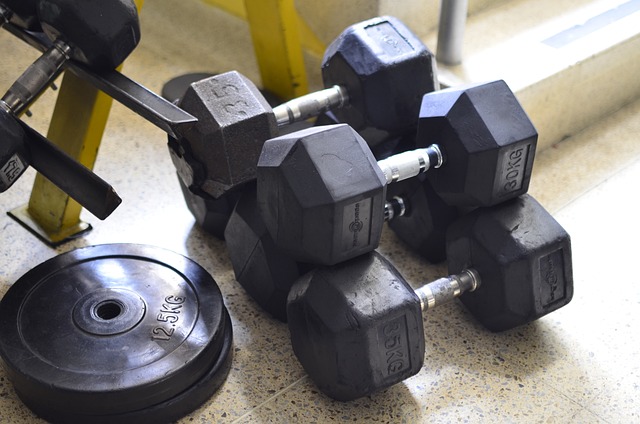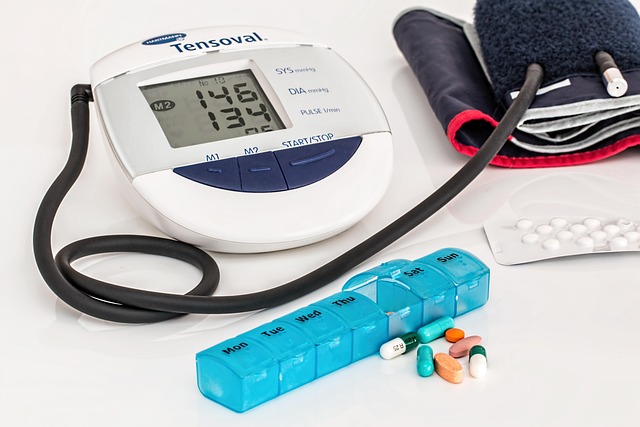When it comes to building strength, efficiency is key. Compound exercises—movements that engage multiple muscle groups and joints simultaneously—are widely regarded as the backbone of any effective strength-training program. Unlike isolation exercises, which target a single muscle group (e.g., bicep curls or leg extensions), compound exercises work several muscles at once, making them a powerful tool for maximizing gains in strength, muscle mass, and overall fitness. Whether you’re a beginner or an experienced lifter, incorporating compound movements into your routine can take your training to the next level.
What Are Compound Exercises?
Compound exercises involve coordinated effort from multiple muscle groups and joints to perform a movement. Examples include squats, deadlifts, bench presses, pull-ups, and overhead presses. These exercises mimic real-life functional movements, such as lifting, pushing, pulling, and squatting, making them highly practical and applicable to daily activities.
By engaging large muscle groups and requiring full-body coordination, compound exercises demand more energy and effort than isolation exercises. This not only leads to greater strength gains but also improves overall athleticism and endurance.
Key Benefits of Compound Exercises
1. Efficient Use of Time
One of the biggest advantages of compound exercises is their efficiency. Since they work multiple muscle groups at once, you can achieve a full-body workout in fewer exercises compared to focusing on individual muscles. For example:
- A barbell squat targets your quads, hamstrings, glutes, calves, core, and lower back—all in one movement.
- A pull-up works your lats, biceps, shoulders, and grip strength.
This makes compound exercises ideal for those with busy schedules who want to maximize their time in the gym.
2. Greater Strength Gains
Compound exercises allow you to lift heavier weights because they distribute the load across multiple muscle groups. This progressive overload is essential for building strength over time. Movements like deadlifts and bench presses challenge your body to adapt and grow stronger, leading to significant improvements in overall power and performance.
3. Improved Functional Fitness
Functional fitness refers to the ability to perform everyday tasks with ease and efficiency. Compound exercises replicate natural movement patterns, such as bending, lifting, pushing, and pulling, which translates directly to real-world activities. For instance:
- Squats improve your ability to sit down and stand up.
- Deadlifts enhance your capacity to pick up heavy objects safely.
- Push-ups strengthen your upper body for tasks like carrying groceries or moving furniture.
4. Increased Caloric Burn
Because compound exercises recruit more muscles and require more energy, they burn more calories than isolation exercises. This makes them an excellent choice for those looking to lose fat while building strength. Additionally, the afterburn effect (excess post-exercise oxygen consumption, or EPOC) ensures that your metabolism stays elevated even after your workout is complete.
5. Enhanced Hormonal Response
Compound exercises stimulate the release of anabolic hormones like testosterone and growth hormone, which are critical for muscle growth and recovery. These hormones promote protein synthesis, repair damaged tissues, and support overall strength development. Isolation exercises, on the other hand, typically don’t elicit the same hormonal response due to their limited scope.
6. Better Core Stability and Balance
Many compound exercises require stabilization from your core muscles to maintain proper form. For example:
- Deadlifts engage your abs and obliques to stabilize your spine.
- Overhead presses activate your core to prevent excessive arching in your lower back. This helps develop a strong, stable core, which is essential for injury prevention and athletic performance.
7. Reduced Risk of Injury
While improper form can lead to injuries, compound exercises—when performed correctly—actually reduce the risk of injury by strengthening stabilizing muscles and improving joint mobility. They also encourage balanced muscle development, preventing imbalances that can arise from focusing too much on specific areas.
Top Compound Exercises for Strength Gains
Here are some of the most effective compound exercises to include in your strength-training routine:
- Squats
- Targets: Quads, hamstrings, glutes, calves, core, lower back
- Variations: Barbell back squats, front squats, goblet squats
- Deadlifts
- Targets: Hamstrings, glutes, lower back, traps, forearms
- Variations: Conventional deadlifts, Romanian deadlifts, trap bar deadlifts
- Bench Press
- Targets: Chest, triceps, shoulders, upper back
- Variations: Barbell bench press, dumbbell bench press, incline bench press
- Pull-Ups/Chin-Ups
- Targets: Lats, biceps, shoulders, grip strength
- Variations: Wide-grip pull-ups, close-grip chin-ups, assisted pull-ups
- Overhead Press
- Targets: Shoulders, triceps, upper chest, core
- Variations: Barbell overhead press, dumbbell shoulder press, push press
- Lunges
- Targets: Quads, hamstrings, glutes, calves, core
- Variations: Walking lunges, reverse lunges, Bulgarian split squats
- Rows
- Targets: Back, biceps, shoulders, rear delts
- Variations: Bent-over rows, seated cable rows, inverted rows
- Clean and Jerk/Snatch (Olympic Lifts)
- Targets: Full body, including legs, back, shoulders, arms, and core
- Note: These advanced lifts require proper coaching but offer unparalleled explosive power and coordination benefits.
How to Structure a Compound Exercise Routine
To maximize the benefits of compound exercises, follow these guidelines:
- Prioritize Compound Movements
Start each workout with compound exercises when your energy levels are highest. For example, begin with squats or deadlifts before moving on to isolation exercises like bicep curls. - Use Progressive Overload
Gradually increase the weight, reps, or intensity of your compound exercises over time to continue challenging your muscles and promoting strength gains. - Balance Push and Pull Movements
Ensure your routine includes both pushing (e.g., bench press, overhead press) and pulling (e.g., pull-ups, rows) exercises to avoid muscular imbalances. - Incorporate Rest and Recovery
Compound exercises place significant stress on your body, so adequate rest and recovery are crucial. Aim for 48 hours of rest between sessions targeting the same muscle groups. - Combine with Isolation Exercises (Optional)
While compound exercises should form the foundation of your routine, adding isolation exercises can help address weak points or lagging muscle groups.
Common Mistakes to Avoid
To get the most out of compound exercises, steer clear of these common pitfalls:
- Poor Form: Sacrificing technique for heavier weights increases the risk of injury. Focus on mastering the movement pattern first.
- Neglecting Warm-Ups: Failing to warm up properly can lead to strains or tears. Spend 5–10 minutes warming up with dynamic stretches or light cardio.
- Overtraining: Doing too many compound exercises without sufficient recovery can lead to burnout or overuse injuries.
- Ignoring Mobility Work: Tight muscles or restricted joint mobility can limit your range of motion and compromise performance. Incorporate mobility drills and stretching into your routine.








